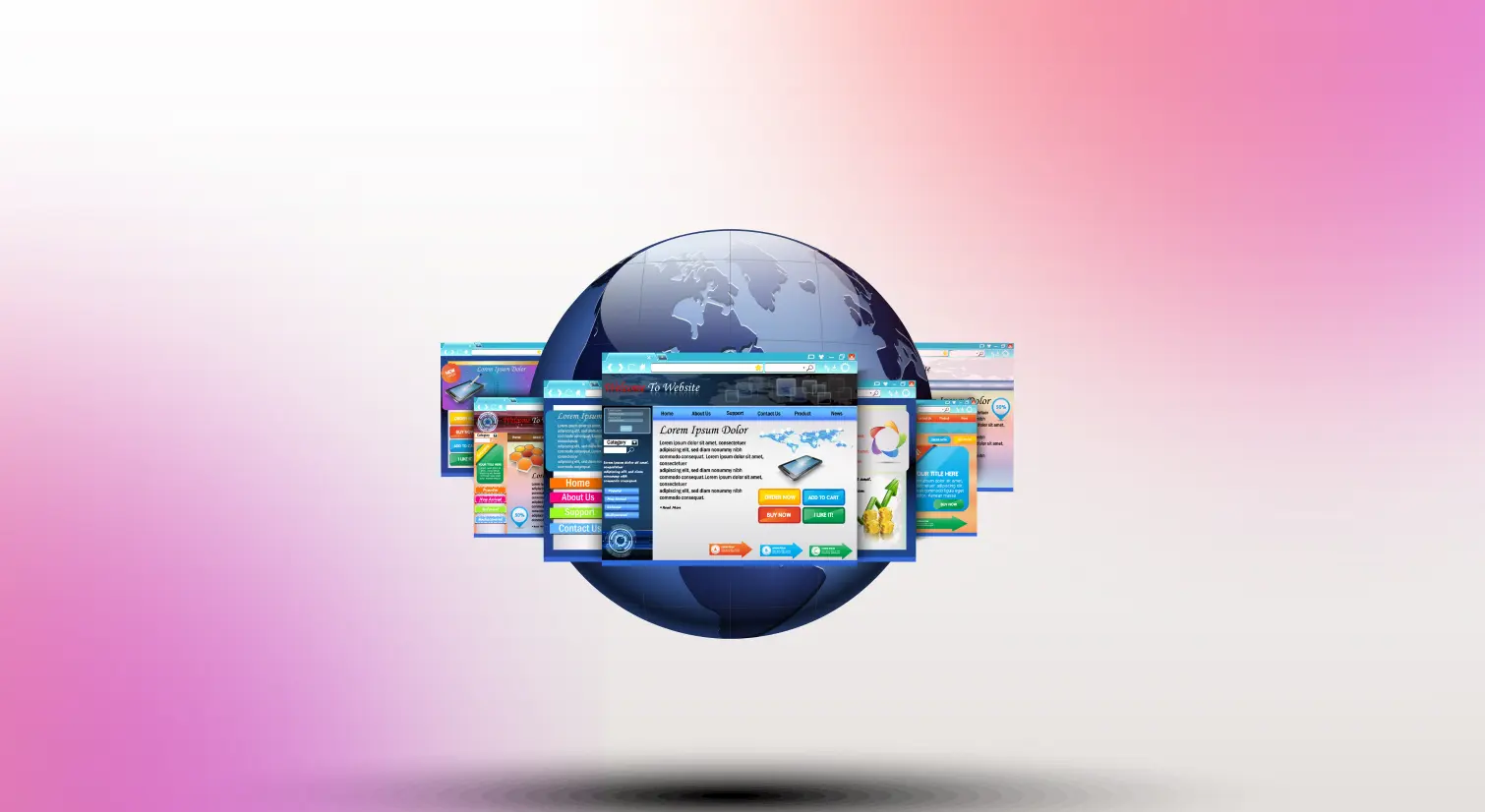Go Global by Speaking Locally

Looking to take your business worldwide? The secret is simple: talk to people in their language. It’s about understanding and being understood by everyone, everywhere.
Let’s think about a simple example. If you have a website that sells books and it’s all in English, only people who understand English will buy your books. But, if you translate your website into Spanish, French, and maybe even Japanese, suddenly, more people can read about your books and might want to buy them. It’s like opening your doors wider so more people can come in.
And it’s not just about writing; videos matter too. Imagine you made a video ad for your books, but again, it’s in English. If you create versions of that video in different languages, more people can understand and enjoy it. This process of changing your content to fit different languages and cultures is becoming a big deal for businesses that want to reach more people around the world.
How Big Brands Go Global?
Netflix, IKEA, and Microsoft are prime examples of companies that have significantly benefited from translating their content to engage global audiences. Netflix's strategic expansion into over 190 countries, IKEA's adaptation to local markets, and Microsoft's use of mergers and acquisitions for market entry have all underscored the pivotal role of translation in global business success. These companies have demonstrated that understanding and adapting to the language and cultural nuances of different markets can lead to increased engagement, customer base expansion, and revenue growth on a global scale.
Worried About Translation Costs? Try AI
If the cost and availability of translators have you hesitant about global outreach, AI translation offers a practical alternative. It's swift and more budget-friendly compared to traditional translation methods. For best results, consider investing in a paid, highly-rated AI translation service to ensure the accuracy of your translations.
When Brands Missed the Translation Mark
If you look at it, history is littered with examples of translation mishaps that have led to embarrassing moments for even the most prominent brands. Consider the case of a leading automotive company that, in an attempt to market its new car model in Latin America, named it "No Va," which in Spanish translates to "Doesn't Go." Similarly, a well-known dairy company entered the Chinese market with a brand name that was translated as "Rotten Milk" – hardly appetizing to the intended audience. These examples highlight the critical importance of not just translating but translating correctly.
Why Localization Matters?
Adapting your content, products, and digital presence to fit well with different cultures, languages, and regional nuances is super important. This goes beyond swapping a few words; it involves understanding cultural sensibilities, humor, idioms, and even legal requirements. For example, what's considered an innocent gesture in one culture might be offensive in another. Or a term that's common in one English-speaking country could be completely unknown in another.
For instance, 75% of customers are more likely to make a repeat purchase if post-sale support is provided in their native language. Also, localized advertising campaigns have been shown to significantly outperform their English-only counterparts, with 86% yielding higher click-through and conversion rates. So, making your business fit for different parts of the world isn't just about selling things. It's about making strong connections with people everywhere.
Grow Your Reach with Multilingual Website
Having a website in multiple languages means you can reach more people worldwide. With most web content in English, it's easy to miss the chance to connect with non-English speakers. However, statistics show that 65% of consumers are more likely to buy if they can read about a product in their own language. This approach to content isn't just thoughtful - it's also smart for your business.
Reducing bounce rates and improving conversion rates are tangible benefits of going multilingual, but the implications run deeper. It's about making every visitor feel seen, understood, and valued. It's a testament to your commitment to customer centrism, demonstrating that you're not just seeking global reach but meaningful global engagement.
Globalize Your Videos with Easy Dubbing
Moving beyond written content, the global appeal of video content cannot be overstated. Dubbing plays a crucial role in this context, transforming the video experience by ensuring that it resonates with viewers in their native language. Dubbing isn't just about linguistic accuracy; it's about cultural nuance, emotional tone, and maintaining the original's integrity.
Murf's new dubbing tool is coming out soon that will help you dub your content in multiple languages while maintaining the original essence of your videos. Interested in trying it first? Sign up here.
Wrapping Up
We can actually learn a valuable lesson from Airbnb's experience of embracing local languages and preferences to significantly boost business growth. This not only led to increased bookings for Airbnb but also solidified the importance of cultural adaptation for any company looking to make a global impact. In essence, communicating with the world in its myriad languages and customs is a surefire strategy for success.





.webp)









